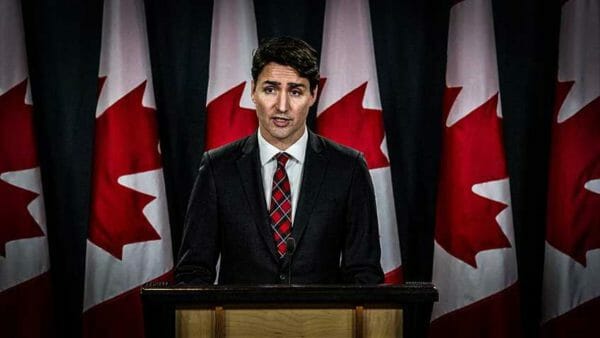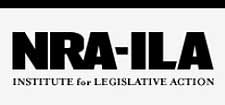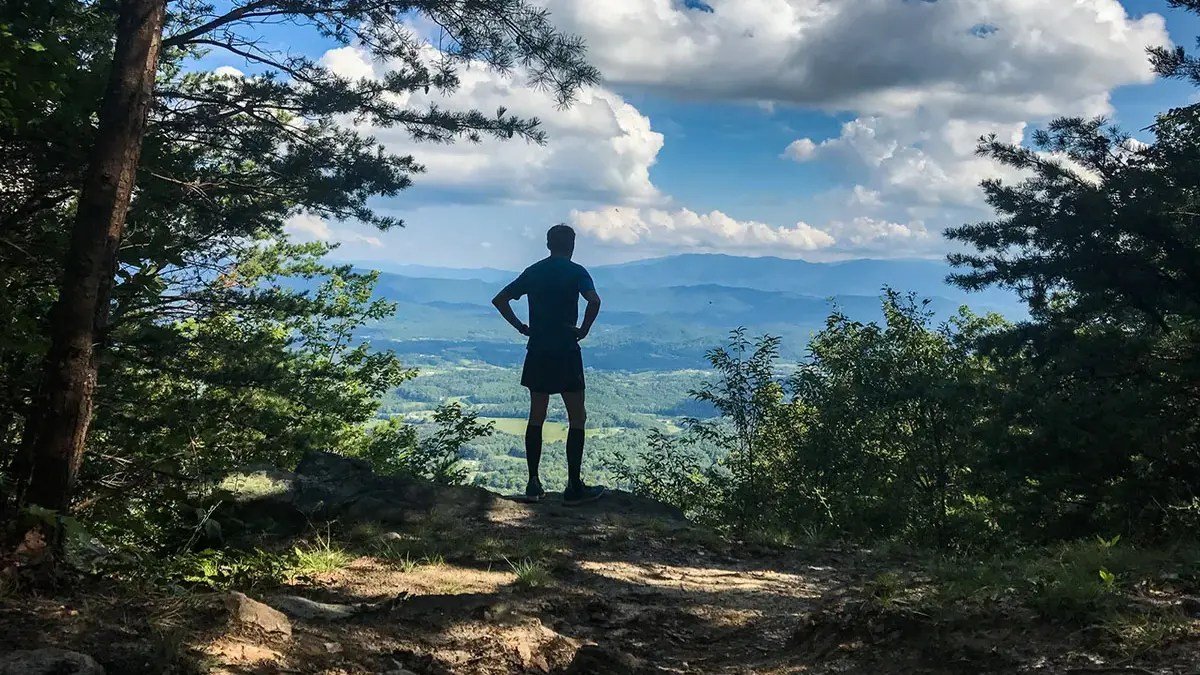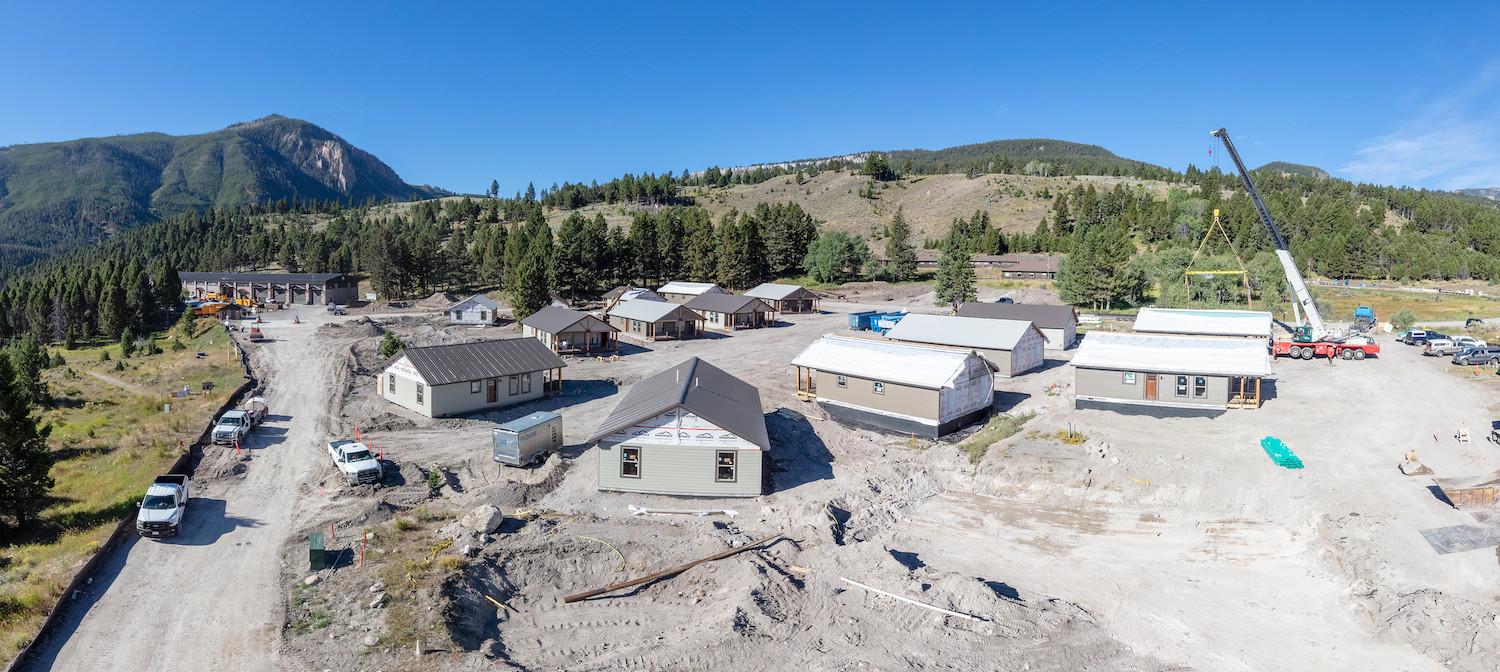
The wheels are coming off the mandatory “assault weapon” gun ban and confiscation scheme that Canadian Prime Minister Justin Trudeau launched four years ago.
In late 2022, Alberta, Saskatchewan and Manitoba, followed by New Brunswick and Yukon, indicated that their policing resources could not be used to implement, or assist in the implementation of, the federal government’s gun confiscation (“buyback”) program. Responding to a letter from the federal minister in charge of the program seeking “partnership and collaboration that support the safe roll-out of this program in your jurisdiction,” Alberta’s Minister of Justice/Solicitor General at the time stated that no provincial resources would be available for the “politically motivated confiscation,” and that Albertans “will not tolerate taking officers off the streets in order to confiscate the property of law abiding firearm owners.”
In a fresh setback to Trudeau’s ban and “buyback,” gun rights sources in Canada advise (here, here and here) that Ontario’s government has likewise issued the feds a “heave-ho” notice. According to the reports, the Ontario Solicitor General’s statement reads:
Ontario recognizes that targeting Canada’s licensed firearms owners will not stop gun and gang violence. More than 90% of guns used in crimes are illegally imported into Ontario from the United States. At a time when crime is on the rise, Ontario’s police resources can’t be diverted to criminalize farmers and hunters. Punishing law-abiding citizens will not reduce crime while illegal firearms continue to be smuggled into Canada. If the federal government wants to take serious action on gun crime, they need to spend the resources on securing the border. We will not request that our police services administer this program as it is operational and ultimately their discretion. Ontario should not be spending taxpayers’ money towards the program.
Ontario has, by far, the country’s largest share of adults with gun licenses (a Possession and Acquisition License, or PAL), and the number of licensees continues to grow. Like millions of other licensed gun owners across Canada, these are the individuals who face confiscation and potential criminal charges under Trudeau’s legislative mandate despite being, as a class, “exceptionally nonviolent,” “less likely to be accused of murder than other Canadians,” and statistically “less deadly than moose.”
Even without the added burdens of executing Trudeau’s pointless gun grab, police in Ontario’s largest city are struggling to provide adequate law enforcement services. Toronto’s police chief, Myron Demkiw, addressing proposed cuts to the Toronto Police Service (TPS) budget this year, outlined that the response time to 911 “priority one” calls was already 22 minutes and “continues to increase,” and the city currently has only 37 more TPS officers than it had a quarter of a century ago, despite population growth at “exponentially high rates” since then. Resources lag behind as “major crime, including violent carjackings, home invasions and auto theft …have reached unprecedented levels in our city, contributing to a feeling of insecurity amongst many of our constituents.” Elsewhere, Chief Demkiw spoke about the city’s epidemic of car thefts and “the escalation of violence, threats and intimidation, where all sorts of weapons and firearms are being used to steal vehicles… In Toronto, home invasions and break and enters for auto theft occurrences rose 400 per cent in 2023…”
Political leaders still undecided as to the merits of the gun ban and confiscation program would do well to recall the results of the Liberal Party’s previous gun control experiment, the billion-dollar bonfire that was the long gun registry. Promised to cost taxpayers no more than C$2 million, the price tag climbed north of C$2.5 billion, with the federal auditor-general “uncover[ing] irregularities including mismanagement and corruption.” It had no discernible impact on violent crime or firearm homicides, but diverted billions of dollars that could have been spent on actually effective public safety measures.
The Liberal government’s latest gun policy has failed Canadians as well, as one source observes. “In 2022, firearms-related violent crime hit the highest level since 2009. Firearms-related violent crime is under 3% of violent crime but has grown by 55% since 2013. The 342 homicides with firearms in 2022 represent the most since homicide data began being collected in 1961… total homicides jumped from 609 victims in 2015, when Justin Trudeau took over, to 874 in 2022. That’s almost a 50% increase.” As crime escalates, “[i]nstead of protecting the public from violent criminals, the Trudeau Liberals have focused on harassing law-abiding Canadian gun owners.”
About NRA-ILA:
Established in 1975, the Institute for Legislative Action (ILA) is the “lobbying” arm of the National Rifle Association of America. ILA is responsible for preserving the right of all law-abiding individuals in the legislative, political, and legal arenas, to purchase, possess, and use firearms for legitimate purposes as guaranteed by the Second Amendment to the U.S. Constitution. Visit: www.nra.org







